Overview
Theoretical astrophysics group in IIA works on a broad range of topics ranging from exoplanets to early universe. Some of the main areas of research include theoretical studies related to Gravitation, black holes, early universe, dark energy, polarised radiative transfer, magnetic fields in astrophysics, theory & observations of extrasolar planets and astrobiology.
Research Areas
Gravitational Dynamics & Relativistic Astrophysics
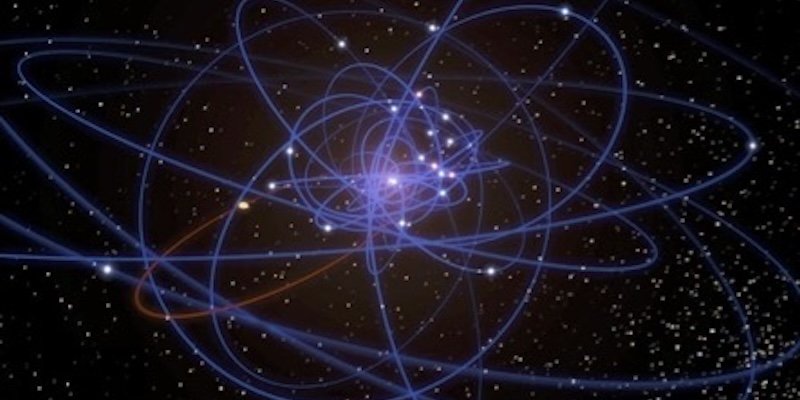
Gravitational dynamics, relativistic and high energy astrophysics, blackhole astrophysics, magnetic fields.
People:
Accretion Physics and Magnetic Fields
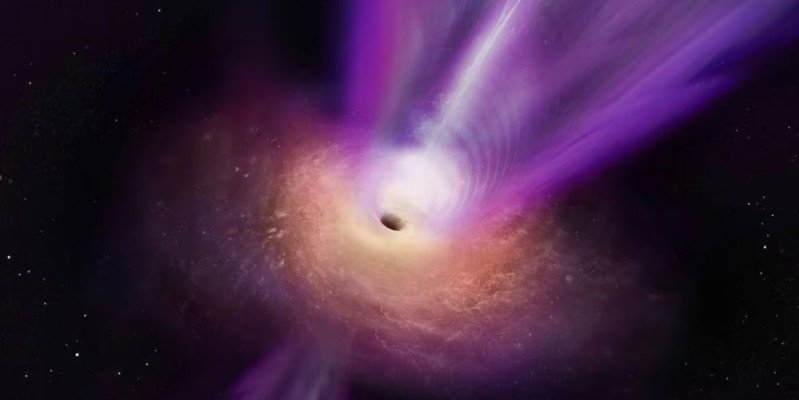
Magnetohydrodynamics (MHD) theory, astrophysical turbulence, magnetic fields in galaxies & galaxy clusters
People:
Gravitation and Blackhole Physics
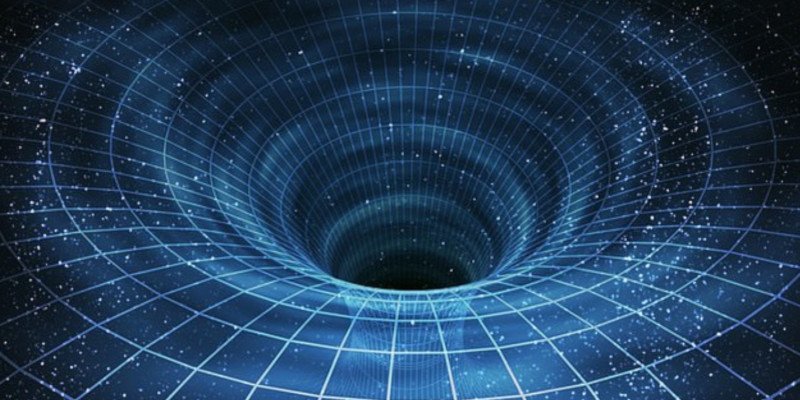
Gravitation and blackholes, quasi-normal modes, Quantum Field Theory (QFT) in curved space-time, relativistic quantum entanglement
People:
Cosmology & Astro-Particle Physics
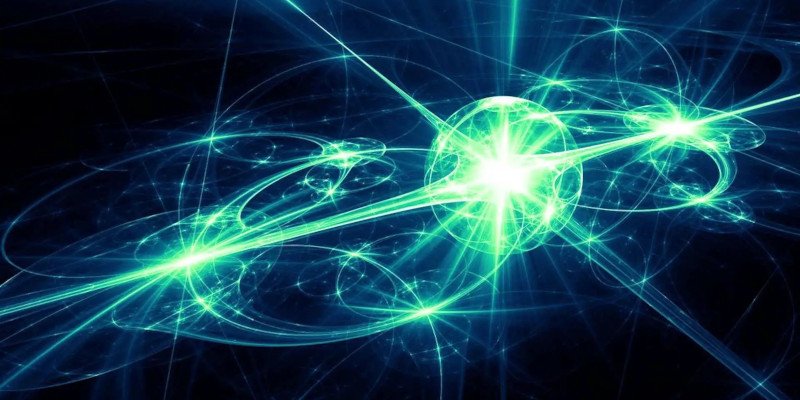
Early universe, recombination and re-ionization, statistics of cosmological field, dark matter, primordial black holes, dark energy & cosmological structure formation, neutrino astrophysics
People:
Radiative Transfer & Polarimetry
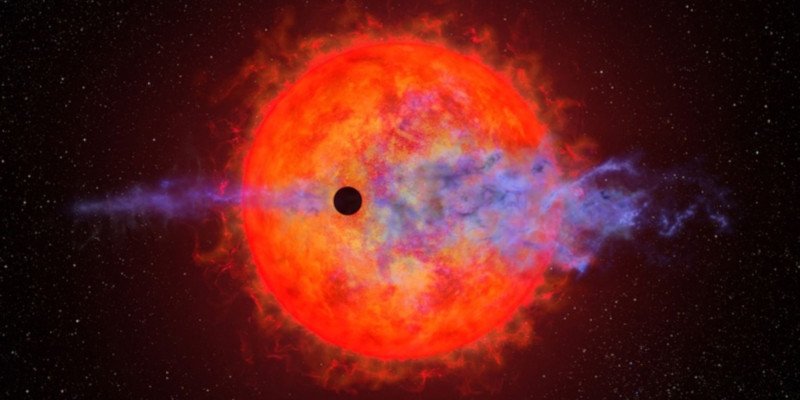
Radiative transfer, polarised radiative transfer, spectropolarimetry - theory and modelling, polarisation, atom-radiation interactions, scattering, numerical methods, stellar/solar atmospheres.
People:
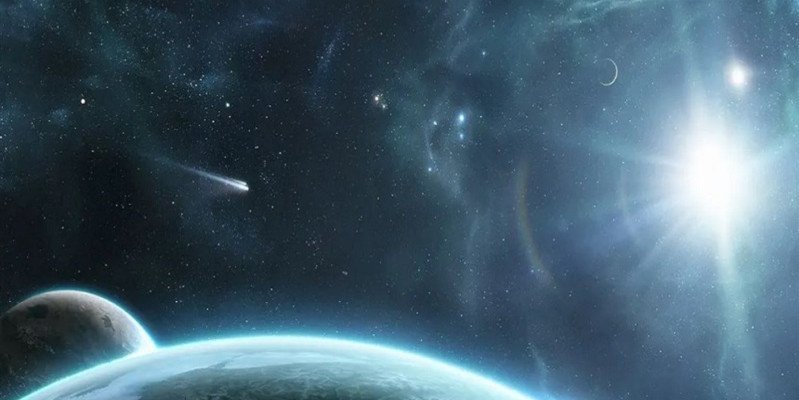
Theory and observations of extra-solar planets, planetary systems, brown-dwarfs and astrobiology.
People:
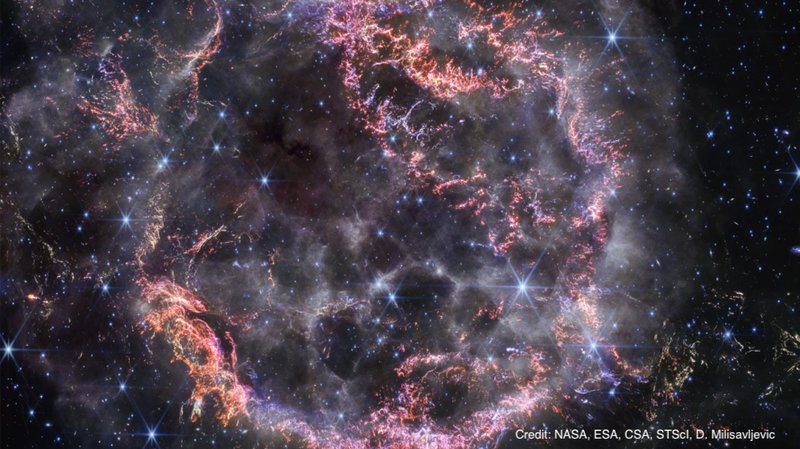
Core-collapse supernovae, Formation of cosmic dust, JWST detections of supernovae, Astrochemistry in stellar environments, Stellar winds, AGN winds.
People :